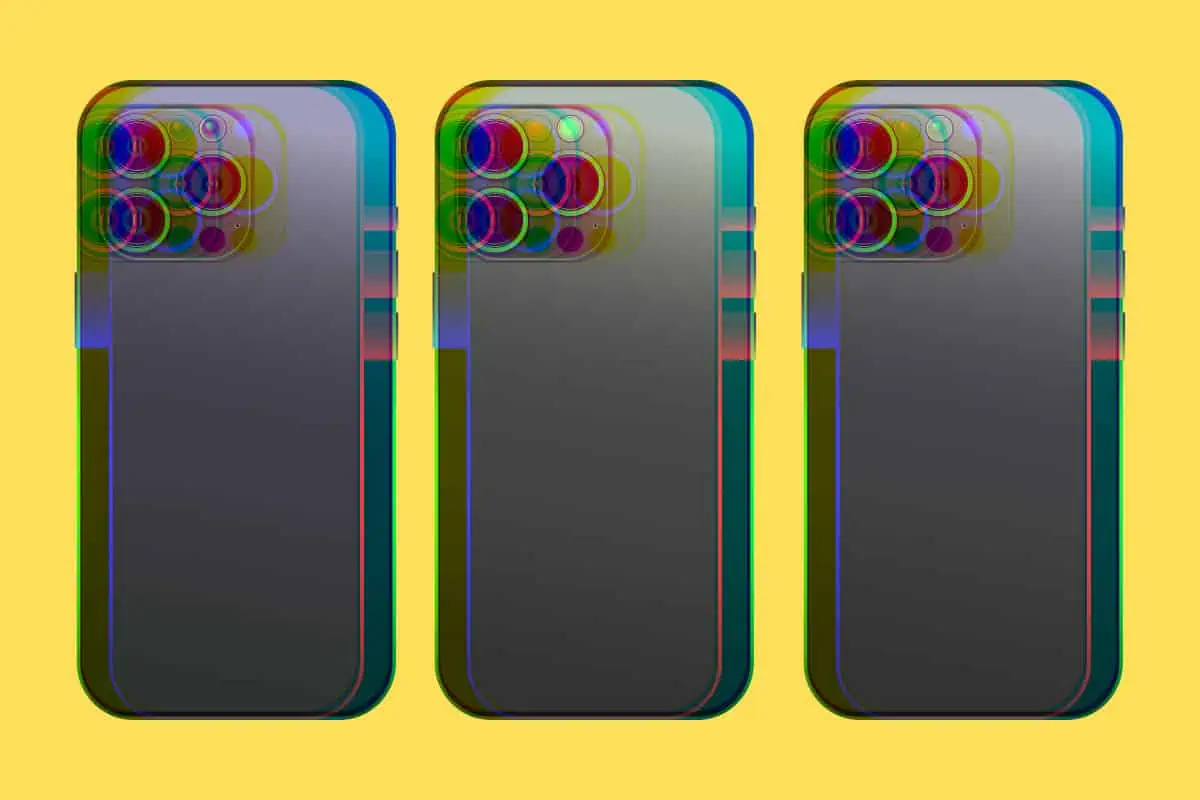In this quick and easy guide, we’ll covering everything you need to know about how to use iPhone camera focus like a pro…
Table of Contents
When it comes to iPhone photography, one of the critical components that can make or break an image is focus. Achieving crisp, sharp images starts with understanding how to leverage your iPhone’s camera focus effectively. And while the camera quality on Apple’s modern iPhone is brilliant, without a grasp of some basic principles you’re shots will never look more than mediocre.
Pro photographers use focus to brilliant effect to add depth to the subjects and themes that they capture WITHOUT using filters. Of course, there are plenty of cool filters available on iPhone. But if you want to create more professional looking images, a basic understanding of focus is essential.
Fortunately, with iPhone, the ability to augment and tweak the focus of your camera is very easy. There are multiple types of focus available on Apple’s iPhone and even some third-party apps that add in additional capabilities. And we’ll cover all of this and more below…
Types of Camera Focus on iPhone
Automatic Focus
By default, the iPhone camera app sets the focus automatically. When you aim your iPhone at a subject, the camera’s autofocus (AF) will usually identify your subject and adjust accordingly. In most cases, this functionality is spot on and results in clear, well-focused shots.
Manual Focus (Focus Lock)
There will be instances where you want more control over the camera’s focus. This is where the iPhone’s AE/AF Lock feature (Auto Exposure/Auto Focus Lock) comes in handy.
To activate this feature, open the camera app, then tap and hold the area on your screen that you want to keep in focus. A yellow box will appear around the area, and the words “AE/AF Lock” will appear at the top of the screen. Once this is activated, the camera will maintain this focus point even if you move your iPhone or if the scene changes.
To unlock the focus, just tap anywhere else on the screen.
Focus with Portrait Mode
Portrait mode, available on iPhone 7 Plus and later models, adds a depth-of-field effect that sharpens your subject while creating a beautifully blurred background. When using portrait mode, the focus becomes even more critical as the effect relies heavily on accurately identifying the subject.
To use portrait mode, swipe to it in the camera app, then aim your camera at the subject. The camera will automatically set the focus on your subject. If you want to manually set the focus in portrait mode, tap the area you want in focus.
Focusing for Macro Photography
If you’re interested in macro photography—capturing small subjects at a very close range—you’ll need to manually set the focus. iPhone 13 Pro and Pro Max (as well as 14 Pro and Pro Max) models even include a dedicated Macro mode. To focus for macro shots, tap your subject on the screen and use the AE/AF Lock to keep the focus point locked.
Using Third-Party Apps for Focus Control
While the default iPhone camera app offers quite a bit of control, there are third-party apps available that provide even more control over your focus settings. Apps like Halide and ProCamera give you the ability to adjust focus using a focus peaking feature, which visually indicates the areas of the image that are in sharp focus.
Why Focus Matters
Mastering focus on your iPhone camera can significantly improve the quality of your photos. By understanding when to use automatic focus and when to override it with manual focus settings, you can ensure your subjects are sharp and clear.
Focus in photography is about much more than just ensuring that your subject isn’t blurry. It’s a powerful tool that can significantly affect how a viewer interacts with your image.
Here’s why focus matters in photography:
- Viewer Direction: The human eye is naturally drawn to the sharpest part of an image first. As a photographer, you can use this to your advantage by using focus to direct the viewer’s attention to specific parts of your photograph. By controlling what is in focus and what is not, you decide what the viewer sees first and what details they notice.
- Depth of Field: Adjusting the focus changes the depth of field, or the amount of your image from near to far that appears sharp. A shallow depth of field (where only a small part of the image is in sharp focus) can create a beautiful, dreamy background blur (also known as bokeh), isolating your subject and making it stand out. A larger depth of field (where more of the image is in focus) is useful for landscapes or other situations where you want to show detail throughout the scene.
- Storytelling and Emotion: Focus can play a big role in the storytelling aspect of your image. An out-of-focus background can suggest a sense of place without distracting from the main subject. Conversely, a photo where the main subject is out of focus can evoke mystery or anticipation.
- Quality and Professionalism: Simply put, a photo that is correctly focused looks better and more professional. While there are creative reasons to use blur and soft focus, a photo where the main subject is unintentionally blurred can look like a mistake.
- Practicality: On a practical level, achieving correct focus is crucial for large prints or for displaying your images on high-resolution screens. The larger the display size, the more apparent any focus issues become.
Focus is a fundamental aspect of photography that impacts not just the clarity of your images, but also the viewer’s experience and interpretation of your photos. Mastering focus and your iPhone’s basic camera features will greatly enhance your photography skills.


